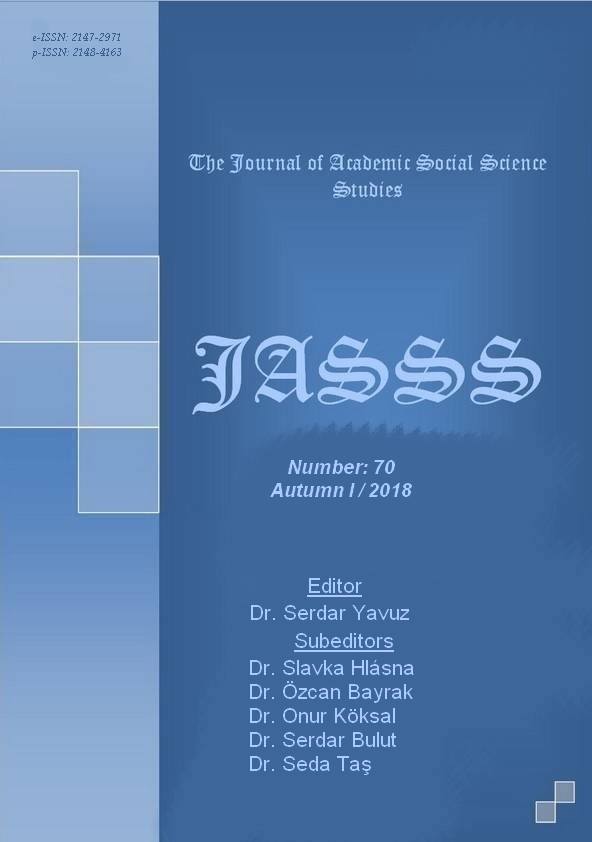Author :
Abstract
Osmanlı’nın ilk resmi Şeyhülislamı Molla Fenârî, siyasî, ilmî, fikrî… her türlü gruplaşma ve ayrışmanın yaşandığı, ilimlerde branşlaşmanın tamamlandığı, tefsir, fıkıh, kelam, felsefe, dil vb. hemen her alanda çeşitli ekol ve medreselerin oluştuğu, oluşan bu ekollerin kendi görüşlerini ispat niyetiyle çeşitli eserler kaleme aldıkları bir dönemin ardından dünyaya gelmiştir. Aynu’l-A’yân, onun başyapıtlarından biridir. Görünüşte bir Fatiha suresi tefsiri olan Aynu’l-A’yân’ın Mukaddime bölümünde Kur’an ayetlerinin doğru anlaşılabilmesine yönelik 170 sayfalık usul bilgisi yer alır. Kur’an’a dilciler gibi sadece lafız nazarıyla bakarak sarf, nahiv, lügat ve belagat çerçevesinde yaklaşmaz. Bazı tasavvufçular gibi hiçbir ayet veya hadise dayanmayan indi çıkarımlar ya da ilham kaynaklı sübjektif yorumlar üzerinden ayetleri açıklamayı da muteber görmez. Ayetlerin literal tahlilini yaparak lafız bağlamında herhangi bir müşkil kalmayacak şekilde onları zahiren açıkladıktan sonra tasavvuf, kelâm, felsefe ve ahlak disiplinlerinin verileri ışığında bâtınî manalarına yönelir. Bu arada hadis, fıkıh, fıkıh usulü de yararlandığı disiplinlerdendir. Hakâik, tezkir, terğib, terhib, meârif başlıkları altında ayetlerle muhataplara verilmek istenen mesajları tespit etmeye, öze ulaşmaya gayret eder. Fatiha suresi ise onun Mukaddime’de belirlediği esasların uygulanma alanıdır. 7 ayet 24 kelimelik Fatiha suresini 206 sayfa boyunca açıklaması, tüm Kur’an’ın bu minval üzere tefsir edilmesi özleminin bir yansıması gibidir. Bu makalede onun usulü belirlenmeye, hangi başlıklar altında ne tür konuları ele aldığı gösterilmeye çalışılacaktır.
Keywords
Abstract
Ottoman Empire’s first official shaykh al-islam (chief religious authority) Molla Fanari was born after a period in which there occured political, scientific, intellectual and many other polarizations; departmentalization had completed among the sciences; schools and madrasas came into existence almost in every field such as tafseer, fiqh, kalam, philosophy, lingustics and so on; and various works were authored by those schools in order to prove their views. Ayn al-a‘yan was one of Fanari’s masterpieces. Apparently it is an interpretation of the chapter al-Fatiha out of the Qur’an, but at the same time in its preamble there are information about the method (usul) of understanding the Qur’an in a right way and this section is almost 170 pages. He does not approach the Qur’an as the linguists do, i.e. considering it as a mere wording (lafdh) within the framework of the grammar of the Arabic language. In addition, he does not approve to explain the ayah’s through subjective interpretations relying on personal inspirations (ilham) or not depending on any ayah or hadith like some sufi’s do it. After explaining ayah’s according to exoteric meaning via analyzing them literally/linguistically without leaving any doubt, he moves to the esoteric meanings of them i light of the disciplines such as sıfism, kalam, philosophy and ethics. Moreover, he benefits from other scientific disciplines such as hadith, fiqh ad usul al-fiqh. He tries to come up with the messages given by the ayah’s to the audience of them under the titles haqaiq, tadhkeer, targheeb, tarheeb, ma‘arif. Chapter al-Fatiha is the case study for the principles that he stated in the preamble. His interpretation of al-Fatiha which consists of 7 ayah’s and 24 words in 206 pages without neglecting any of the dimensions of it, is a reflection of his longing for an interpretation of the whole Qur’an in this way. In this article, his method will be tried to be determined and under which titles what kind of themes are undertaken will be shown.





